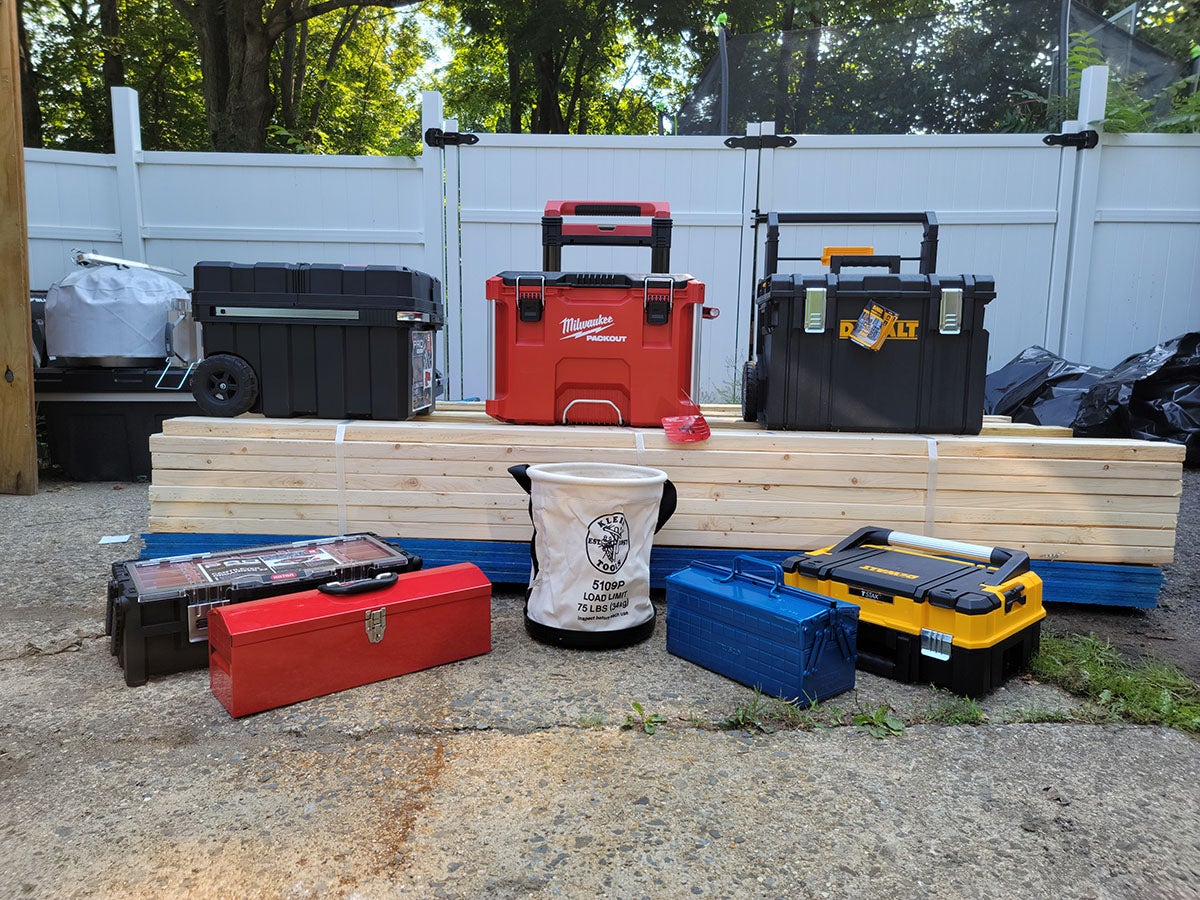How many types of toolbox are there?
When it comes to toolboxes, it's essential to have the right one for your specific needs. Toolboxes not only help in organizing and storing tools but also ensure easy access and transportation. In this comprehensive guide, we will explore the various types of toolboxes available in the market today. Whether you are a professional tradesperson, a do-it-yourself enthusiast, or someone looking to keep their tools neatly organized at home, this article will provide valuable insights to help you choose the perfect toolbox.

1. Portable Toolboxes: The Go-To Option for On-the-Go Professionals
Portable toolboxes are designed with mobility in mind. They typically feature a sturdy handle for easy carrying and come in various sizes to accommodate different tool collections. These toolboxes are highly versatile and perfect for professionals who need to transport their tools to different job sites. With multiple compartments and removable trays, portable toolboxes offer excellent organization and quick access to your tools, ensuring efficiency on the go.
2. Stationary Toolboxes: For Secure Storage and Easy Access
Stationary toolboxes are ideal for workshops or garages where tools are kept in a fixed location. These toolboxes are usually larger and offer more storage space compared to their portable counterparts. They often feature multiple drawers and compartments, allowing you to categorize and store tools according to their types and sizes. Stationary toolboxes provide enhanced security for your tools and enable easy access while working on projects in a dedicated space.
3. Rolling Toolboxes: Mobility and Storage Combined
Rolling toolboxes, also known as tool chests or tool cabinets, provide the perfect blend of mobility and storage capacity. These toolboxes feature wheels, allowing you to effortlessly move them around your workspace. With multiple drawers and compartments, rolling toolboxes offer generous storage options for tools of all sizes. The ability to roll the toolbox provides convenience, especially when working on larger projects that require easy access to various tools.
4. Truck Toolboxes: Essential for On-the-Road Professionals
Tools
5 Benefits of Storing Tools
Safe Use of Wrenches And Screwdrivers
How do non sparking tools work?
Interpretation of the key points of concrete saw blades in cutting bridges
10 Most frequently asked questions about Non-Sparking Tools
The Guide for Buying Diamond Grinding Shoes
Truck toolboxes are specifically designed for professionals who work on the road, such as contractors, plumbers, or electricians. These toolboxes are mounted onto the bed of a truck and serve as a secure storage solution for tools and equipment. Truck toolboxes are constructed with durable materials to withstand outdoor elements and potential theft. They come in various shapes and sizes, including cross-bed, side-mount, and chest-style toolboxes, catering to different truck configurations and personal preferences.
5. Specialty Toolboxes: Tailored Solutions for Specific Needs
Apart from the more common types of toolboxes mentioned above, there are also specialized toolboxes available to cater to specific needs. These include:
Electrician's Toolboxes: Designed with compartments and dividers to accommodate electrical tools and equipment.
Plumber's Toolboxes: Feature storage options for plumbing tools, such as pipe cutters, wrenches, and fittings.
Technician's Toolboxes: Geared towards professionals in the automotive or electronics industry, with specific compartments for specialized tools.
Artisan's Toolboxes: Crafted for artists and craftsmen, offering compartments for delicate tools like brushes, chisels, or carving knives.
Conclusion: Choose the Perfect Toolbox for Your Needs
Selecting the right toolbox depends on your specific requirements, whether you are a professional tradesperson or a hobbyist. Consider factors such as portability, storage capacity, and specialized needs to make an informed decision. With the wide range of toolboxes available in the market today, finding the perfect fit for your tools has never been easier.
Remember, investing in a high-quality toolbox is a long-term investment in your productivity and efficiency. By keeping your tools organized and easily accessible, you can save time, reduce frustration, and focus more on your projects.
Additional reading:4 Things to Consider When Choosing a Bench Vise
A Step-by-Step Guide on How to Use Ratchet Straps
What Is The Difference Between A Claw Hammer And A Split Hammer?
- Previous: How do you make a tool storage box?
- Next: None


